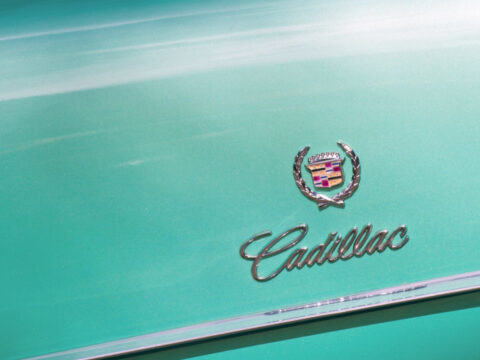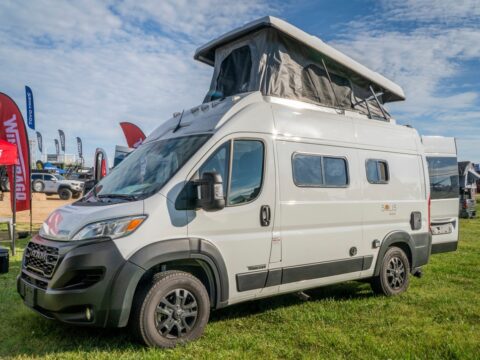Racing motorcycles from the past were often engineering marvels, built for speed and precision. Some of these iconic bikes, though largely forgotten today, still have the potential to make a dramatic comeback. Models like the Suzuki RG500, Honda NSR500, and Yamaha TZ750 dominated the racing circuits with their unique designs and powerful engines. With the right updates to modern technology and safety standards, these legendary machines could once again roar to life, offering a thrilling ride for racing enthusiasts and collectors alike.
Contents
Yamaha TZ750
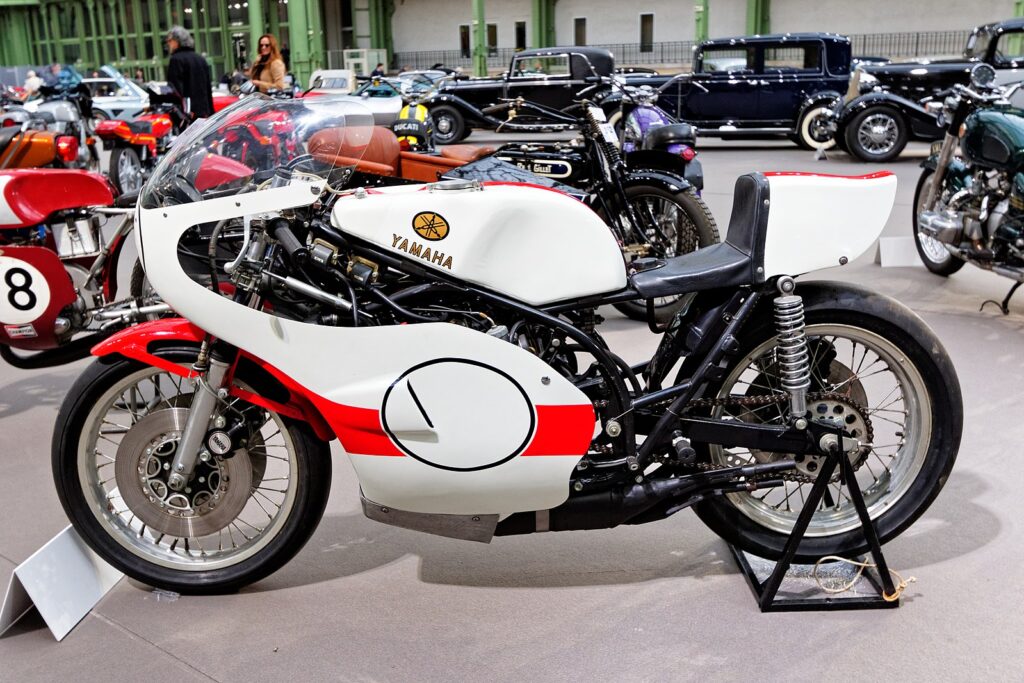
The Yamaha TZ750, introduced in 1974, was a two-stroke racing beast that dominated the Grand Prix circuits and AMA Superbike series throughout the 1970s. Powered by a 747cc inline-four engine, this motorcycle produced over 120 horsepower and reached top speeds of over 175 mph. Its lightweight chassis and blistering performance made it nearly uncontrollable, but it was a fan favorite for its raw power. Given modern advancements in handling and electronics, a revamped TZ750 could combine the thrilling nature of two-stroke engines with cutting-edge control systems, making it a formidable force on the track once again.
Bimota V-Due
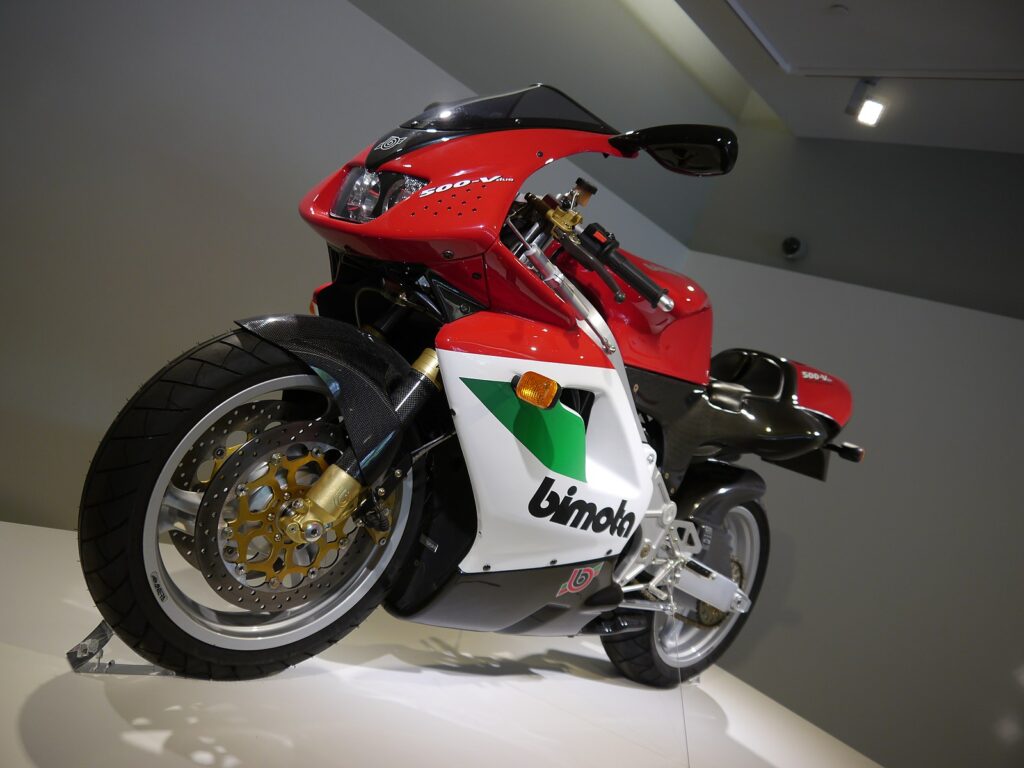
The Bimota V-Due, launched in 1997, was meant to revolutionize two-stroke racing technology. Powered by a 500cc V-twin engine with fuel injection, the bike had ambitious plans but was plagued by reliability issues. Producing around 110 horsepower, the V-Due had the potential to dominate lightweight racing classes, but its early release issues tarnished its reputation. With modern fuel injection technology and emission control improvements, the Bimota V-Due could be revived to finally fulfill its original promise, offering a fast, agile two-stroke racer for today’s enthusiasts.
Honda RC166

The Honda RC166 was a legendary six-cylinder, 250cc Grand Prix motorcycle from the 1960s. Introduced in 1966, it produced an impressive 65 horsepower at 18,000 RPM, allowing it to dominate the 250cc World Championship series. The RC166 was known for its incredible engine sound, screaming through its six pipes. A modern iteration of this iconic machine, with a focus on lightweight materials and enhanced aerodynamics, would bring back its historic high-revving magic. A revival would excite fans of historic racing machines and showcase Honda’s engineering prowess.
Suzuki RG500 Gamma
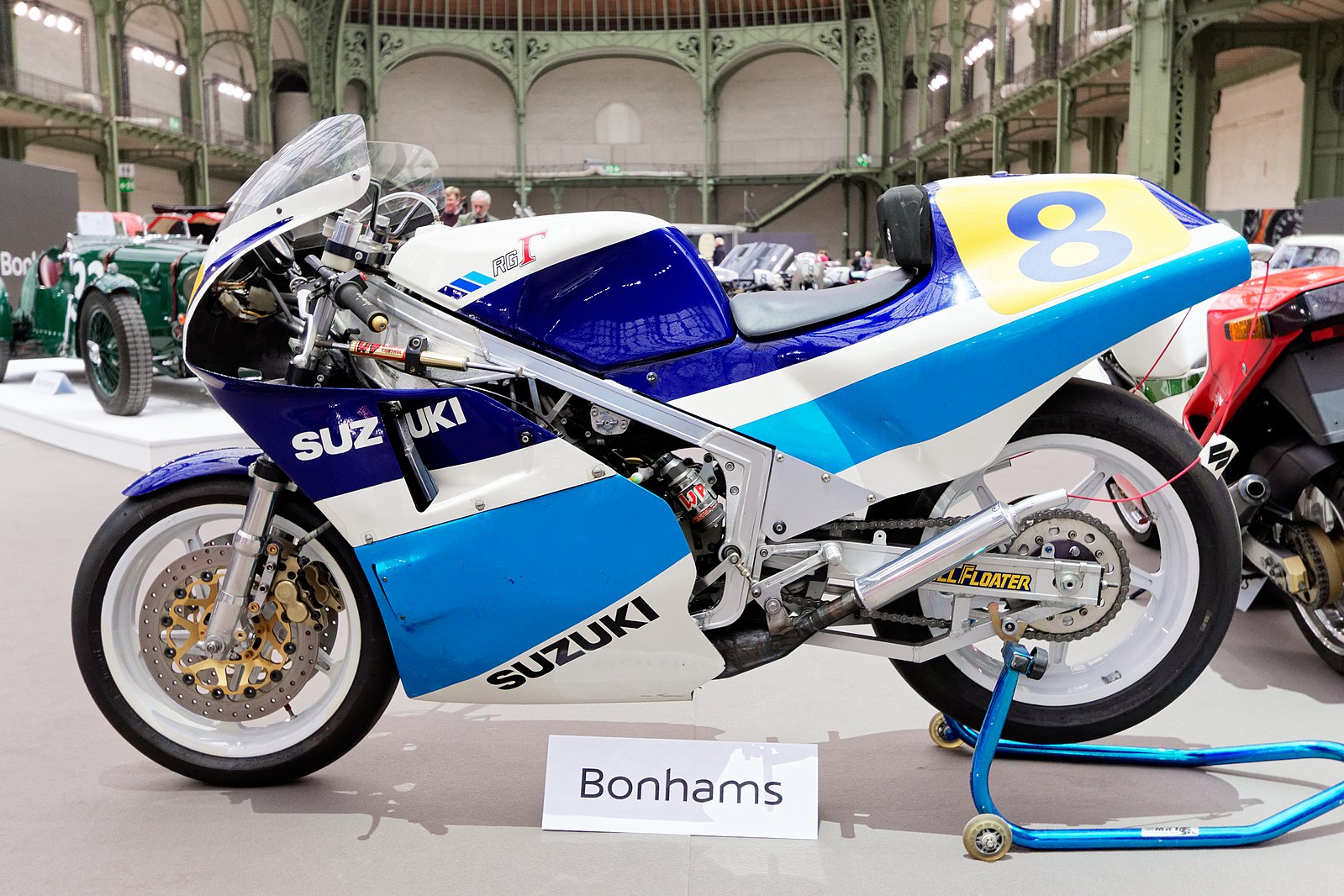
The Suzuki RG500 Gamma, produced between 1985 and 1987, was a street-legal version of Suzuki’s 500cc two-stroke Grand Prix racer. The bike was powered by a 498cc square-four two-stroke engine, delivering 95 horsepower and an exhilarating 10,000 RPM redline. This motorcycle was incredibly light and fast, making it a favorite among racing enthusiasts. Given today’s advancements in engine management and emissions control, the RG500 Gamma could return as a modern, lightweight racing machine that evokes nostalgia while meeting contemporary performance standards.
Kawasaki KR-1S
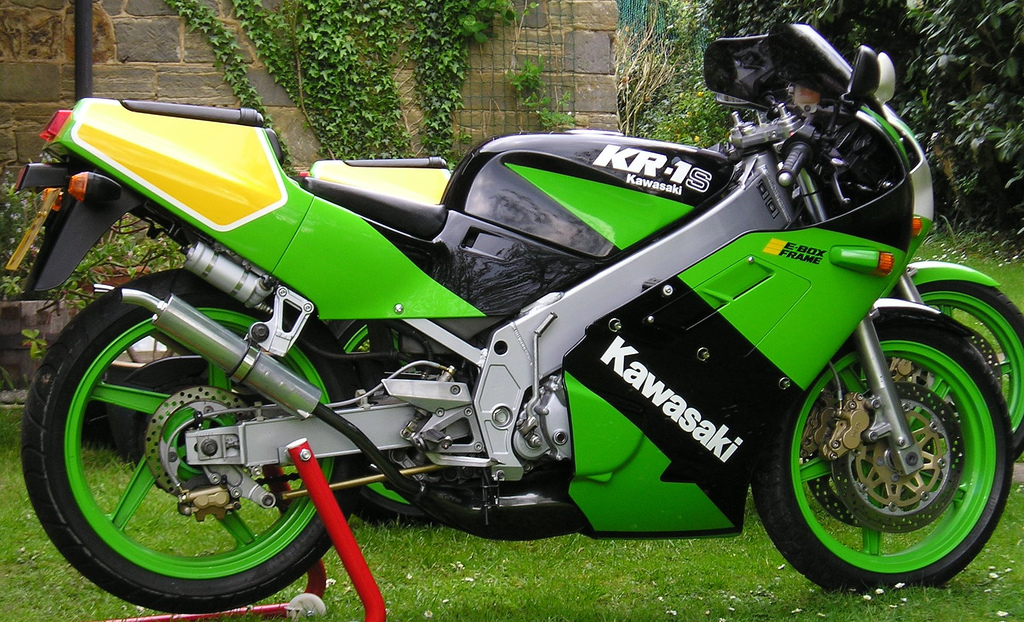
The Kawasaki KR-1S, produced between 1988 and 1992, was one of the most powerful two-stroke bikes of its era, equipped with a 249cc parallel-twin engine producing around 60 horsepower. The KR-1S was known for its razor-sharp handling and lightweight design, making it a favorite for competitive racing and track days. As emissions regulations led to the decline of two-strokes, the KR-1S faded from production. With modern environmental technologies, a new KR-1S could bring back the thrills of two-stroke racing in a cleaner, more efficient package.
Ducati 851
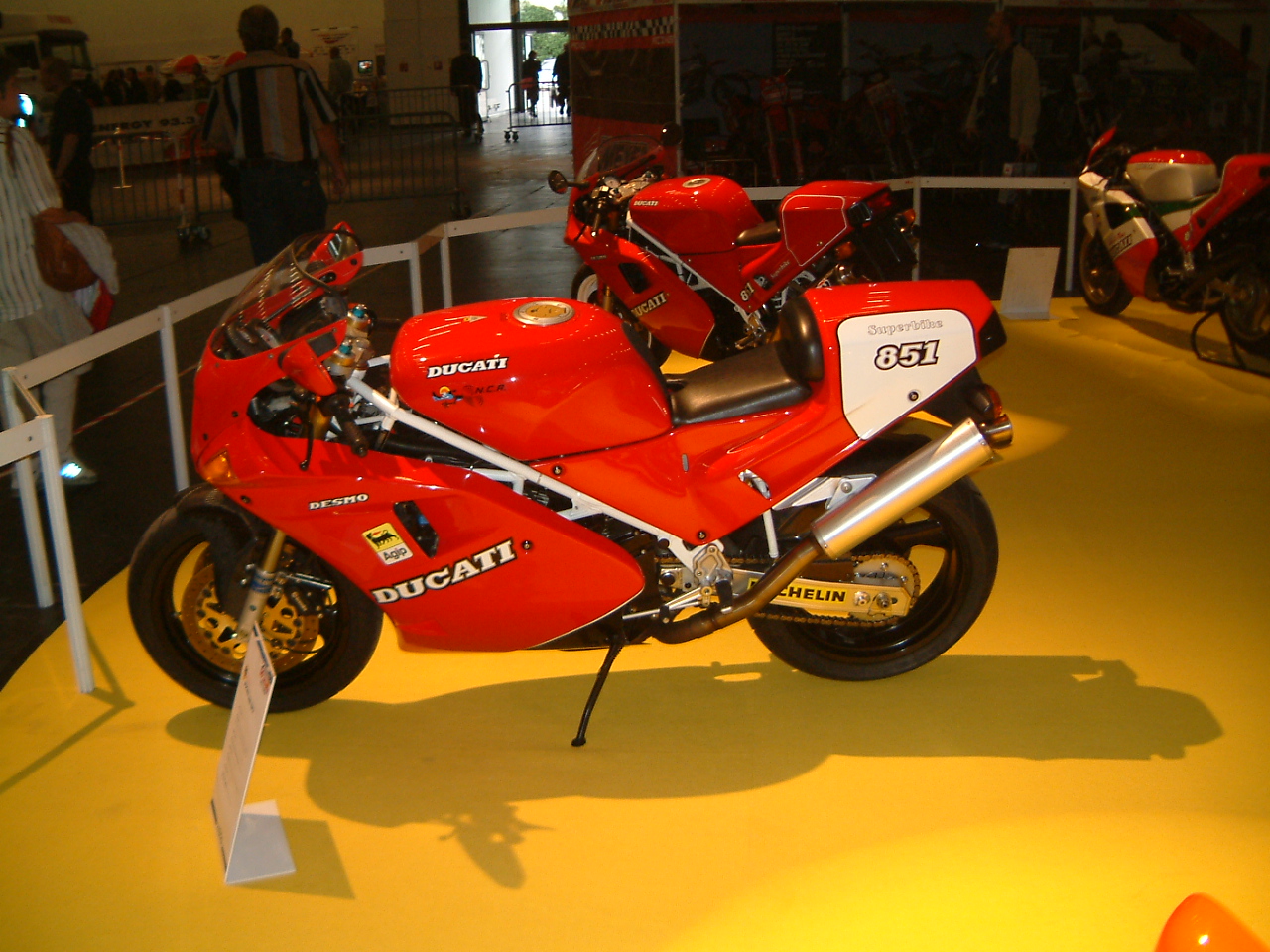
The Ducati 851, introduced in 1987, is often credited with saving Ducati’s reputation in the racing world. Powered by an 851cc desmodromic, liquid-cooled, fuel-injected L-twin engine, it produced 93 horsepower, which was revolutionary for its time. The 851 was the precursor to Ducati’s World Superbike dominance in the 1990s. Reviving the Ducati 851 with modern components and technology would pay homage to this iconic bike, offering a modern superbike with vintage appeal that could dominate racetracks and appeal to both enthusiasts and collectors.
Norton F1
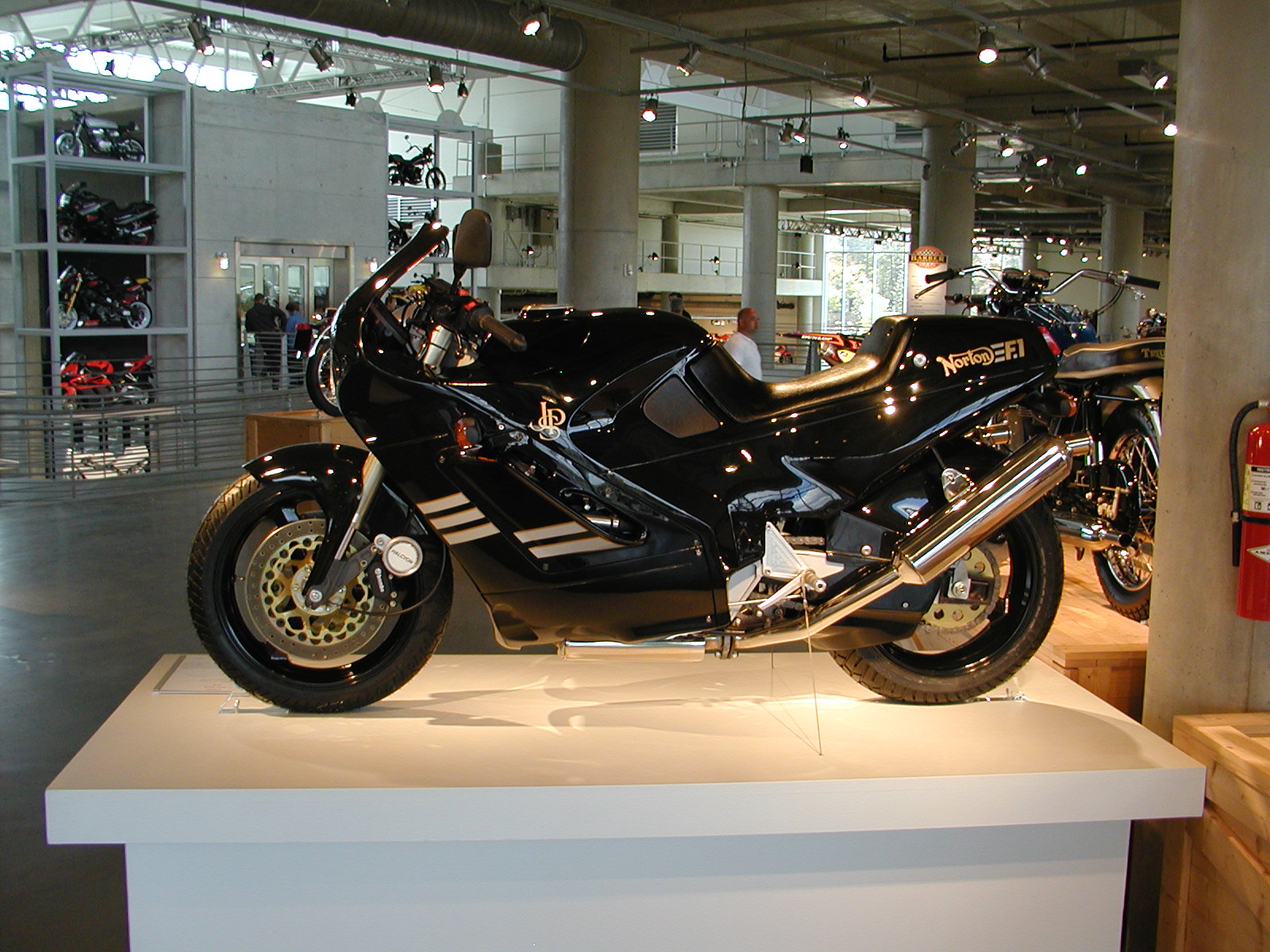
The Norton F1, launched in 1990, was a unique racing motorcycle powered by a 588cc Wankel rotary engine. Producing 95 horsepower, the F1 was known for its smooth power delivery and distinctive sound. Though innovative, its rotary engine never caught on in the mainstream racing world due to complexity and reliability concerns. However, with advancements in engine materials and cooling technology, the Norton F1 could make a comeback as a modern, cutting-edge racer, reviving its distinctive rotary power in a more reliable form.
Aprilia RS250
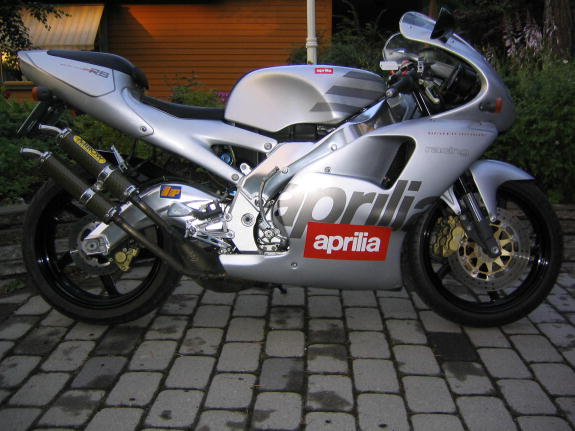
The Aprilia RS250, produced from 1995 to 2002, was a 249cc two-stroke racer that took inspiration from Aprilia’s successful Grand Prix efforts. Powered by a Suzuki RGV250-derived engine, it produced 72 horsepower and was known for its lightweight chassis and agile handling. As one of the last great two-stroke race bikes, the RS250 has a cult following among track enthusiasts. Bringing it back, with modern electronics and refined suspension systems, could reintroduce the excitement of two-stroke racing to a new generation.
Yamaha OW01 (FZR750R)

The Yamaha OW01, also known as the FZR750R, was introduced in 1989 as a homologation special to compete in the Superbike World Championship. Powered by a 749cc inline-four engine, it produced 121 horsepower and featured advanced suspension and brake components for its time. The OW01 was known for its handling and racing pedigree but was overshadowed by competitors like the Honda RC30. Reviving the OW01 with modern superbike technology would reignite its status as a racing legend and provide track enthusiasts with a cutting-edge, race-ready machine.
MV Agusta 500 Three
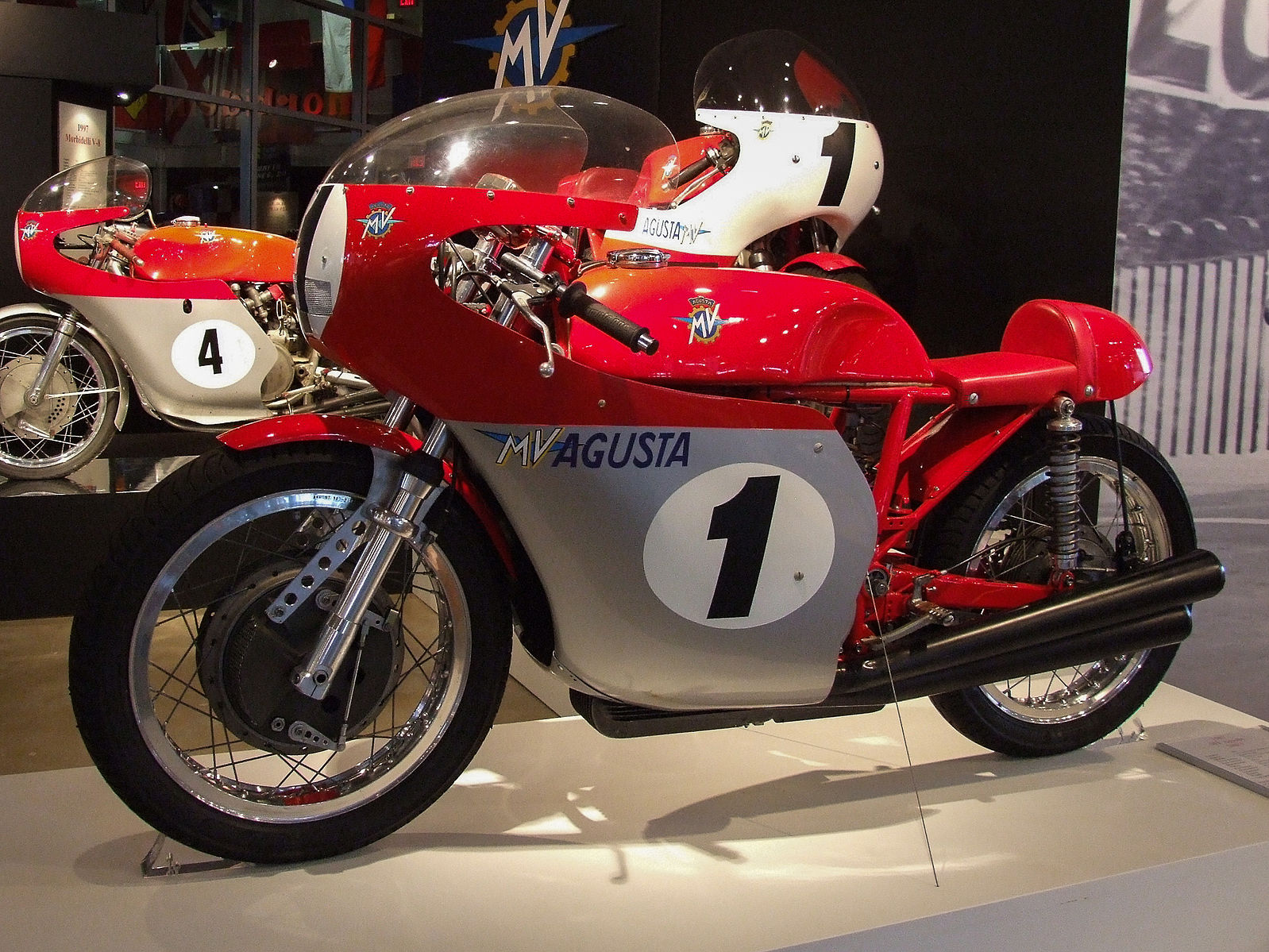
The MV Agusta 500 Three dominated the Grand Prix motorcycle racing scene in the 1960s, winning multiple World Championships with riders like Giacomo Agostini. Powered by a 498cc inline-three engine, it produced around 70 horsepower, which was significant for its time. The MV Agusta 500 Three became synonymous with racing success, but it faded as four-strokes began to dominate. A revival of this iconic machine, utilizing modern materials and technology, would allow MV Agusta to reassert its historic racing legacy.
Suzuki GSX-R750 SRAD
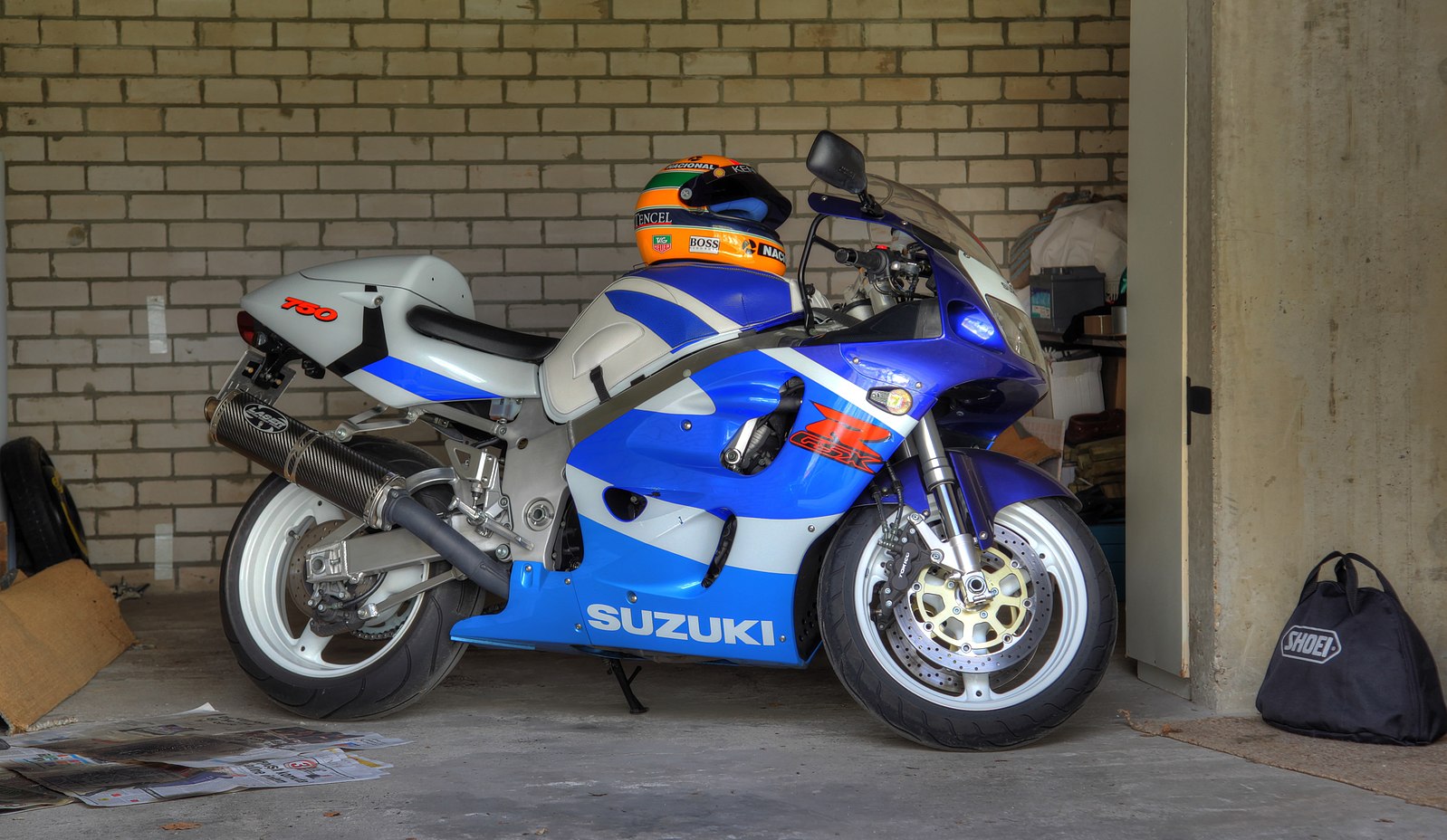
The Suzuki GSX-R750 SRAD, produced between 1996 and 1999, was a revolutionary sportbike that set the standard for the 750cc class. Powered by a 749cc inline-four engine producing around 134 horsepower, it introduced aerodynamic technology (hence SRAD: Suzuki Ram Air Direct) that improved performance at high speeds. Known for its balance between power and agility, the GSX-R750 SRAD was a favorite on both the street and the track. A revival of this iconic model, incorporating today’s advancements in aerodynamics and electronics, would reinvigorate interest in the 750cc racing class.
Honda NR750

The Honda NR750, produced in 1992, was one of the most technically advanced motorcycles of its time, featuring a 750cc V4 engine with oval pistons. This unique engine design allowed it to function almost like a V8, producing 125 horsepower. The NR750 was famous for its high-revving nature and futuristic design, but its high cost and complexity limited its production. A modern version of the NR750 could capitalize on its unique engineering, offering racing enthusiasts an innovative and high-performance machine with modern reliability.
Britten V1000
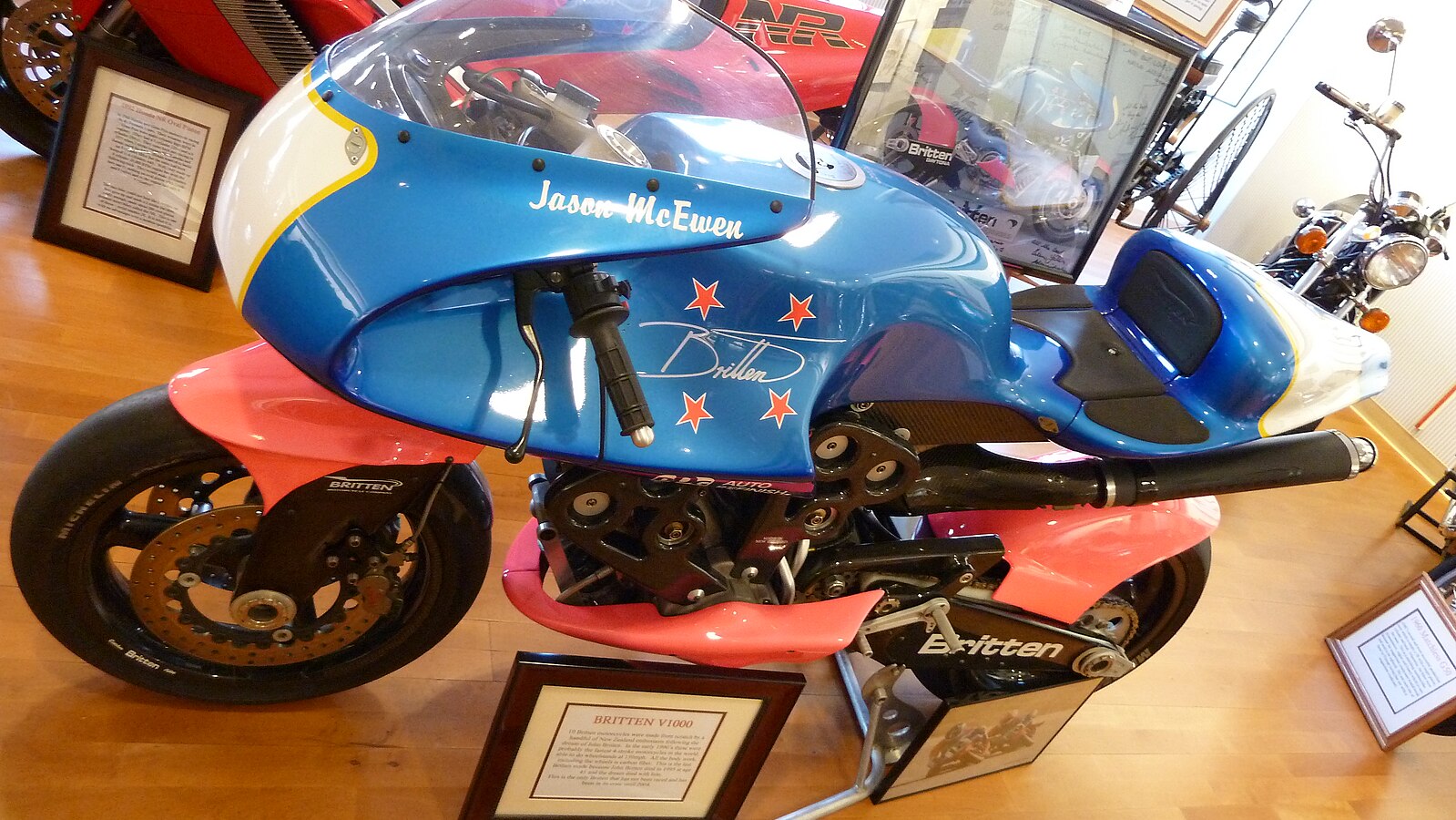
The Britten V1000, created by New Zealand designer John Britten in the 1990s, is a legend in motorcycle racing due to its revolutionary design and performance. Powered by a 999cc V-twin engine producing 166 horsepower, the V1000 was ahead of its time with its carbon fiber frame, suspension, and swingarm. The bike dominated races despite being built in a small workshop, proving Britten’s genius. A revival of the Britten V1000 would honor its innovative spirit, offering a lightweight, high-performance racer for modern tracks.
Suzuki T500 Titan
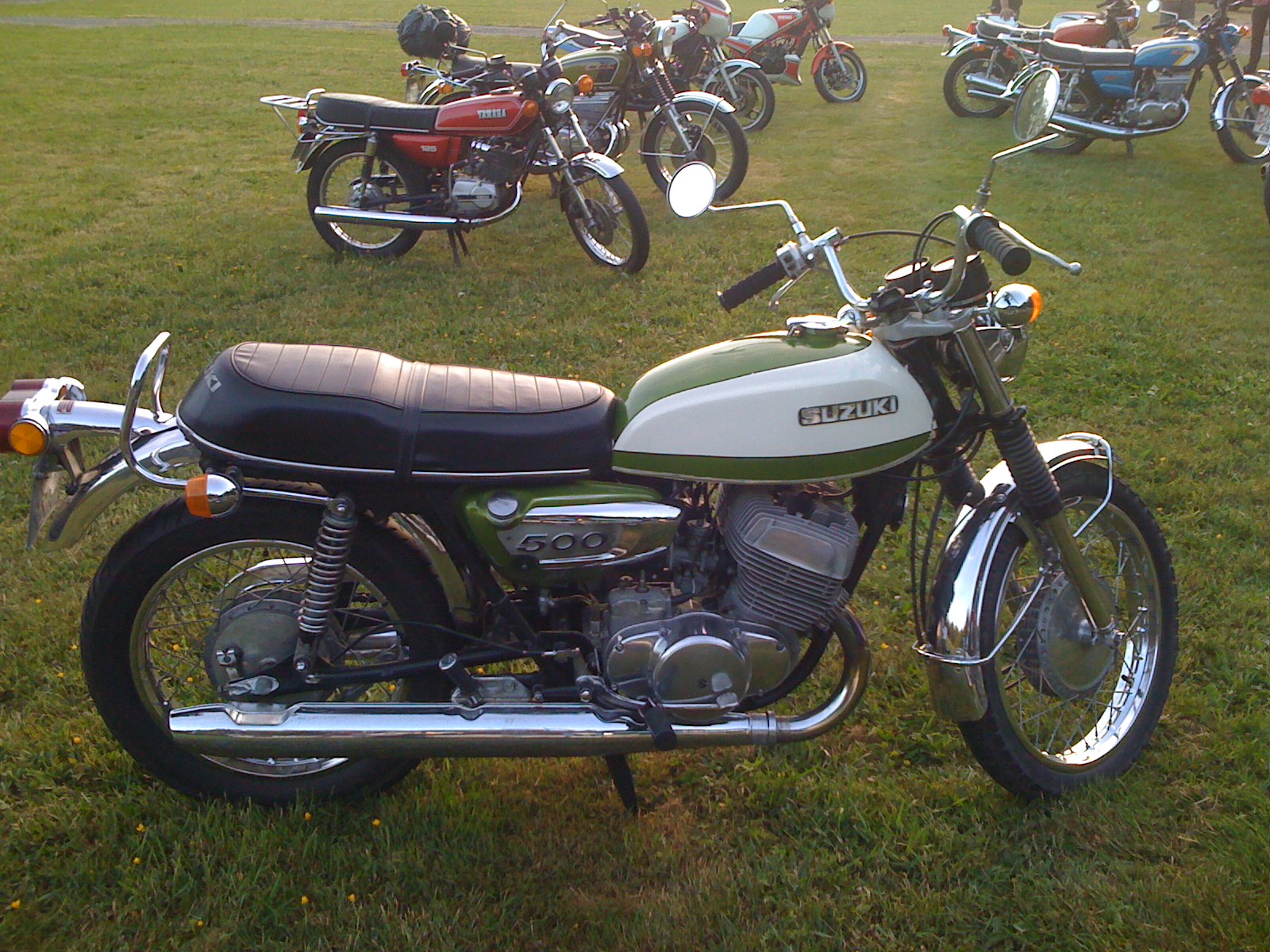
The Suzuki T500 Titan, produced from 1968 to 1975, was a 500cc two-stroke twin that was known for its durability and torque. While it wasn’t as flashy as some of its competitors, the T500 became a favorite among endurance racers due to its reliability. Producing 47 horsepower, the T500 had a simple but effective design that allowed it to perform well in both racing and touring. A modern version of the T500, equipped with advanced two-stroke technology and a lightweight frame, could reignite interest in classic endurance racing.
Laverda 750 SFC
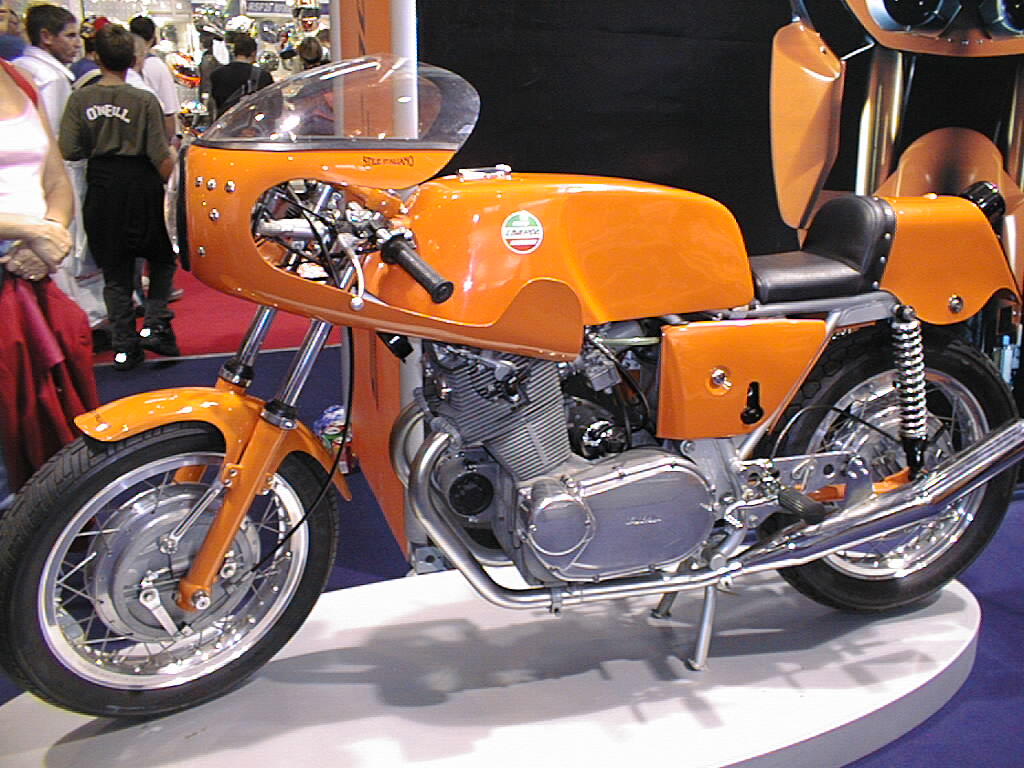
The Laverda 750 SFC, produced between 1971 and 1976, was a hand-built racing motorcycle that became legendary for its performance in endurance racing. Powered by a 744cc parallel-twin engine producing around 75 horsepower, the SFC was known for its high-revving engine and rugged construction. Its distinctive orange paint and racing pedigree made it a sought-after collector’s bike. A revival of the 750 SFC with modern engineering and materials could bring back its legendary status on both the track and the road.
Kawasaki ZXR750
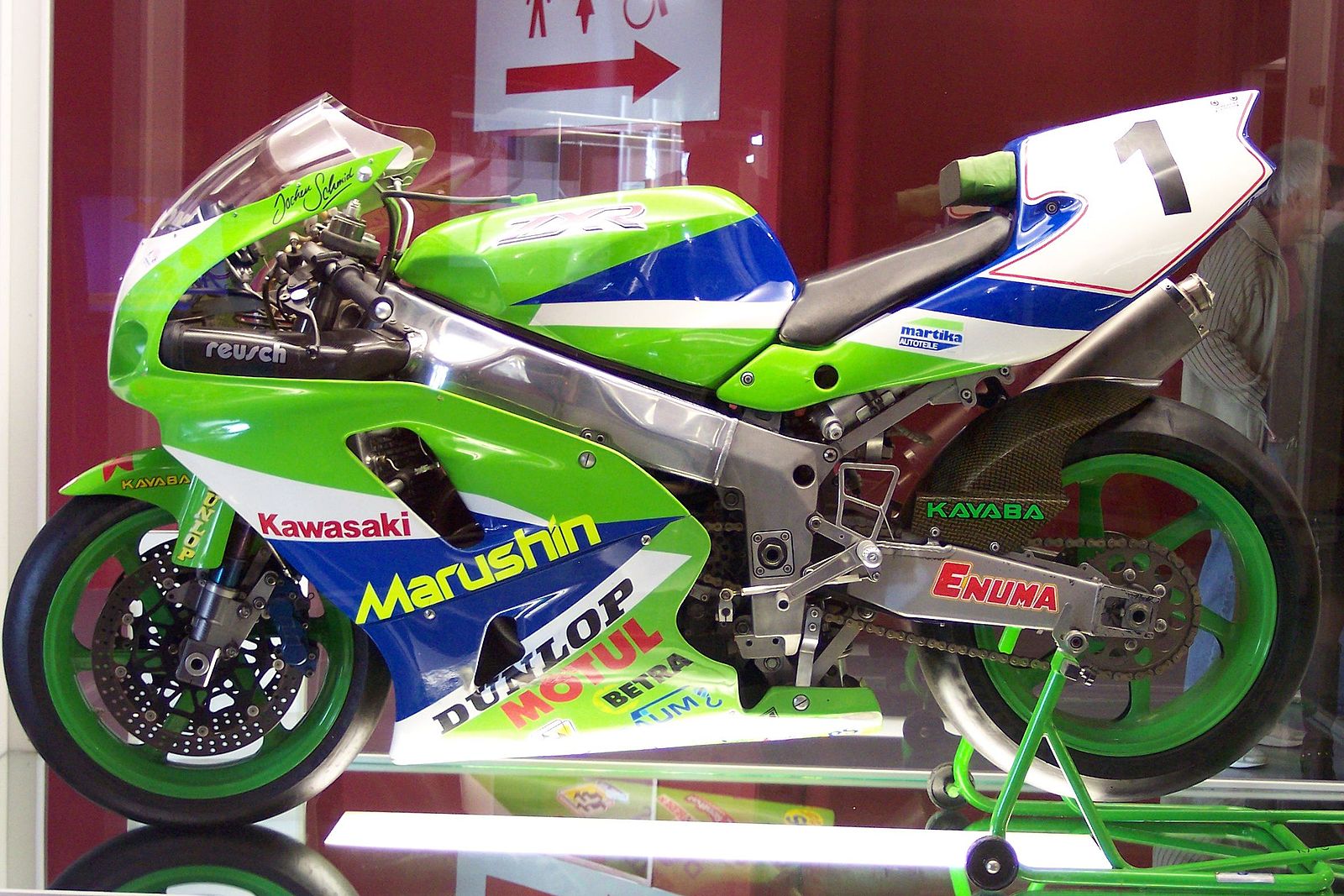
The Kawasaki ZXR750, produced between 1989 and 1995, was a 749cc inline-four sportbike that competed in the Superbike World Championship. Producing around 107 horsepower, it was known for its aggressive styling and racing potential. The ZXR750 was a precursor to Kawasaki’s modern superbikes, but it was eventually overshadowed by larger displacement models. A modern ZXR750, equipped with cutting-edge electronics and lightweight materials, could bring back the excitement of the 750cc racing class.
Harley-Davidson VR1000
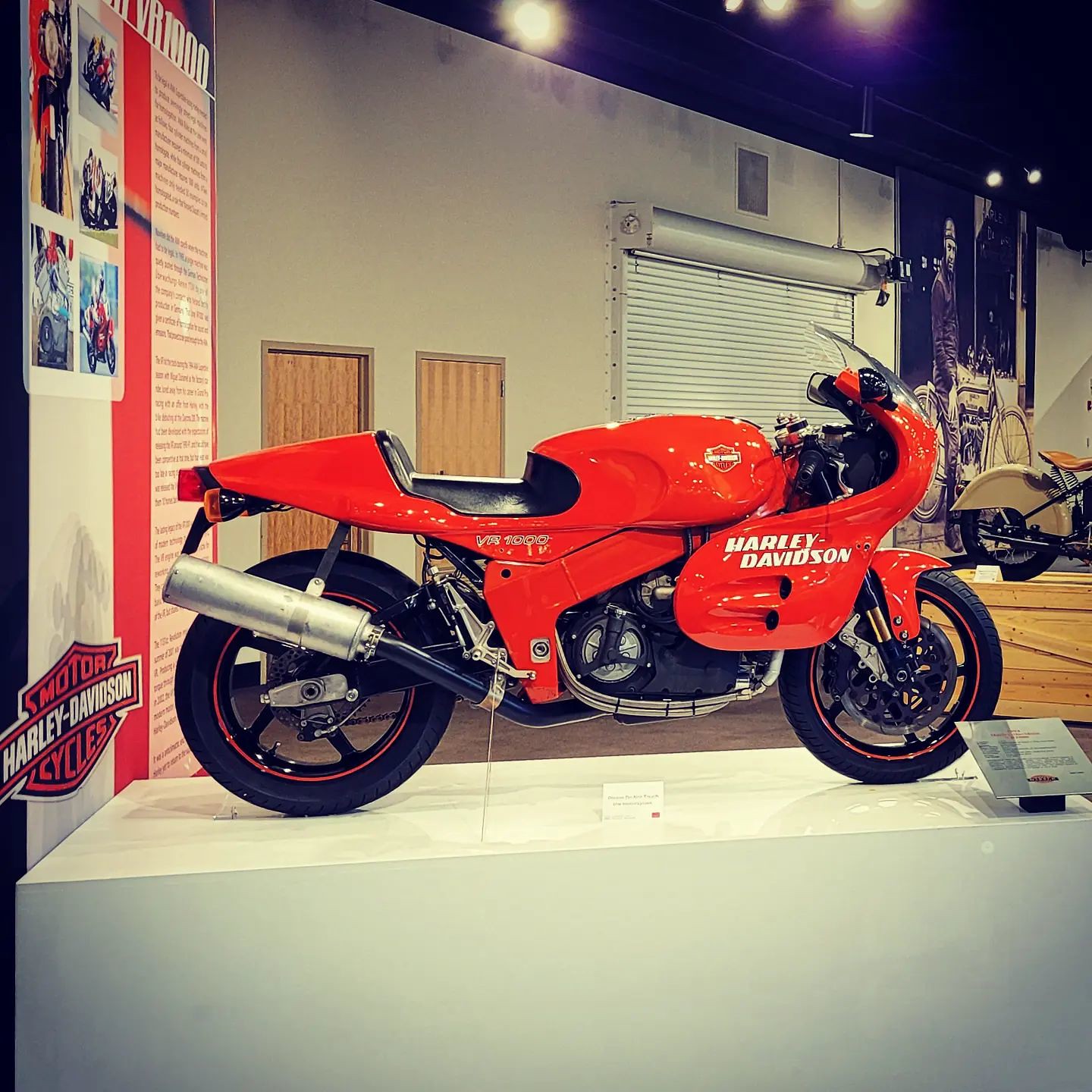
The Harley-Davidson VR1000, produced in the mid-1990s, was a rare attempt by Harley to break into the world of superbike racing. Powered by a 996cc V-twin engine, the VR1000 produced around 135 horsepower and featured advanced components like a perimeter frame and dual overhead cams—an unusual design for Harley. Though it didn’t achieve the racing success Harley had hoped for, it remains an intriguing part of their history. A modern VR1000 with updated technology and materials could offer Harley fans a competitive racing machine, combining Harley’s iconic V-twin power with cutting-edge performance features.
Yamaha YZF750R
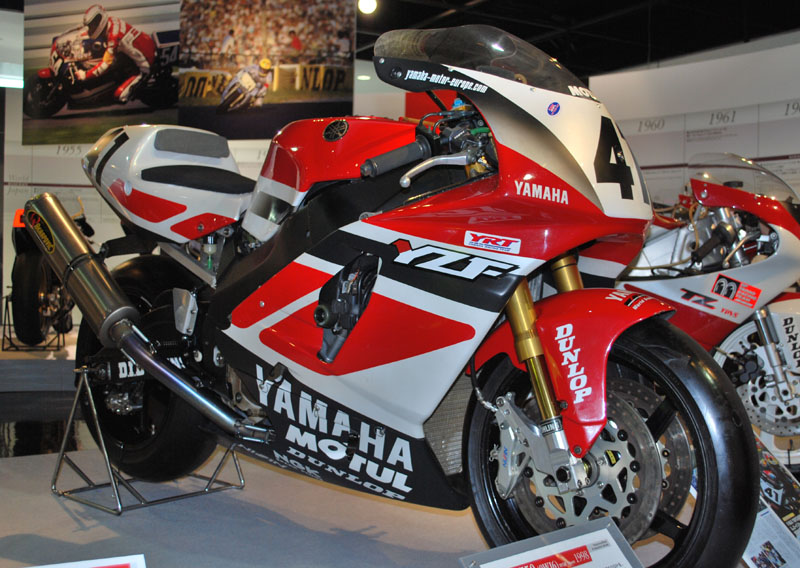
The Yamaha YZF750R, produced from 1993 to 1998, was one of the most successful 750cc sportbikes of its era, competing in both the World Superbike Championship and national racing series. Powered by a 749cc inline-four engine producing 125 horsepower, the YZF750R was known for its exceptional handling and balance on the track. Despite its success, it was eventually overshadowed by the rise of liter-class bikes. Bringing the YZF750R back with modern suspension, electronics, and lightweight materials would reintroduce this agile machine to the racing scene, offering a perfect balance between power and control.
Gilera Saturno Bialbero
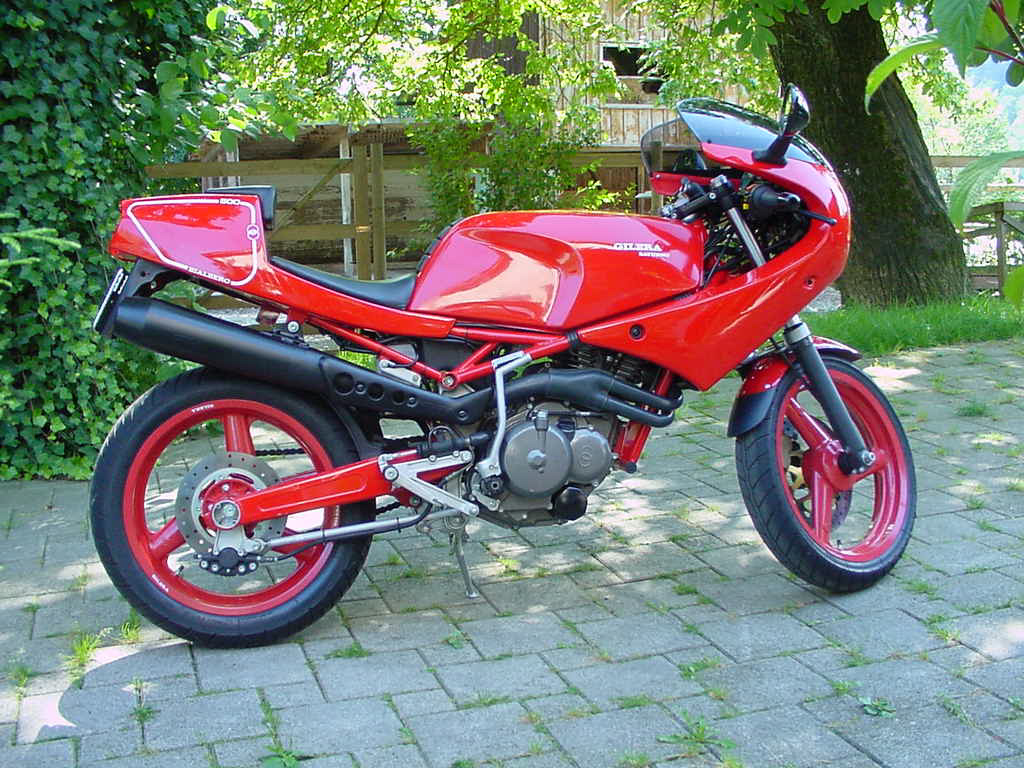
The Gilera Saturno Bialbero, produced in the late 1980s, was a lightweight, single-cylinder racing motorcycle that gained a cult following for its handling and simplicity. Powered by a 492cc engine producing around 45 horsepower, the Saturno was known for its nimble performance, making it a favorite in small-displacement racing. With a minimalist design and excellent cornering capabilities, a modern Gilera Saturno, updated with fuel injection and improved suspension, could appeal to enthusiasts who value lightweight, high-revving machines for the track or street.
Bultaco TSS
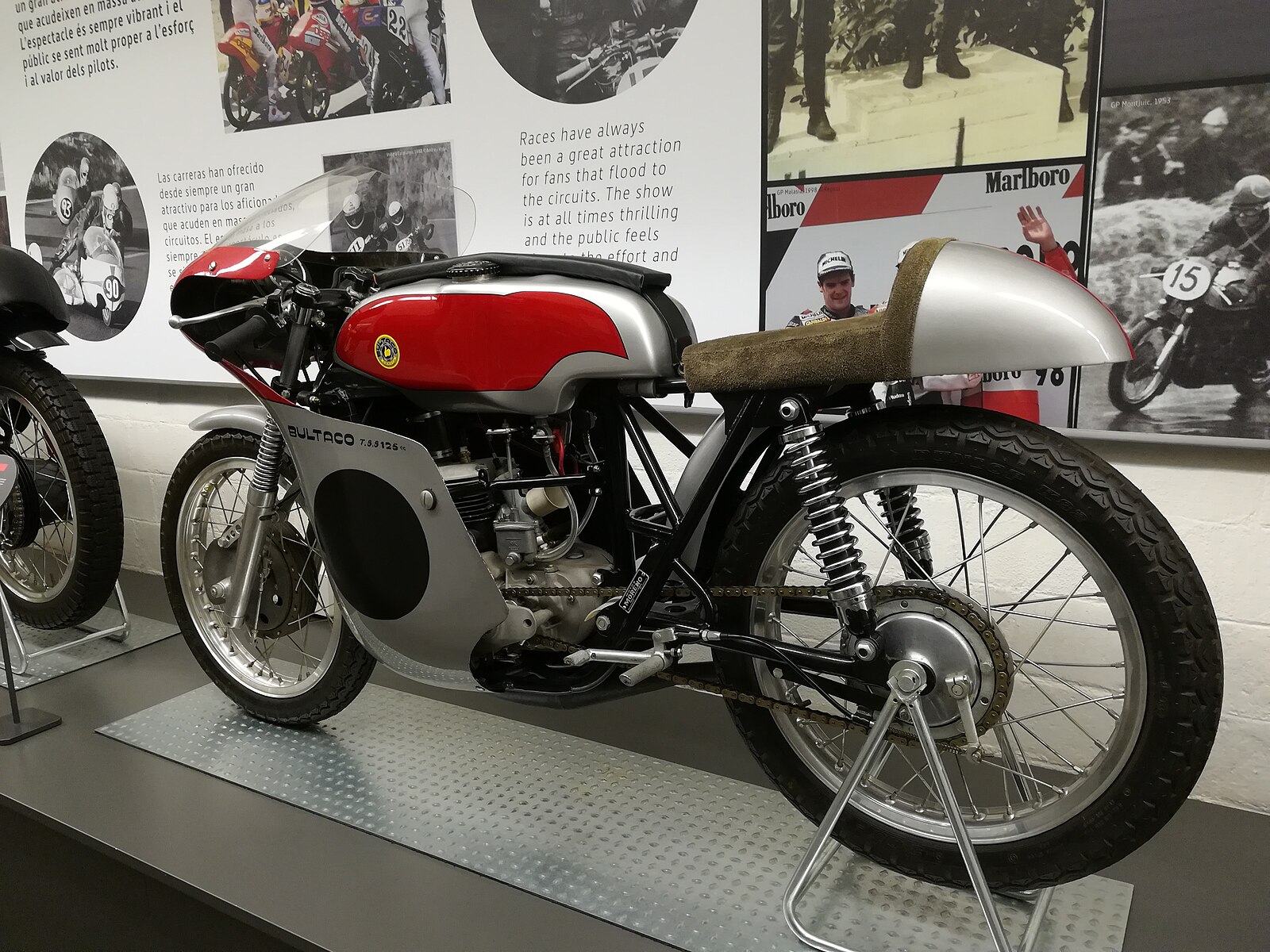
The Bultaco TSS was a two-stroke racing motorcycle that made waves in the 1960s and 1970s, particularly in the smaller 125cc and 250cc classes. With its distinctive high-pitched two-stroke engine and lightweight frame, the TSS was a competitive machine in Grand Prix racing. Its simple, fast design made it a favorite among privateers. With today’s technology, Bultaco could revive the TSS as a modern two-stroke racer with better emissions control and more advanced suspension systems, allowing it to recapture its position in lightweight racing.
This article originally appeared on MyCarMakesNoise.
More from MyCarMakesNoise
Top 15 Collector’s Edition Trucks That Are Increasing in Value
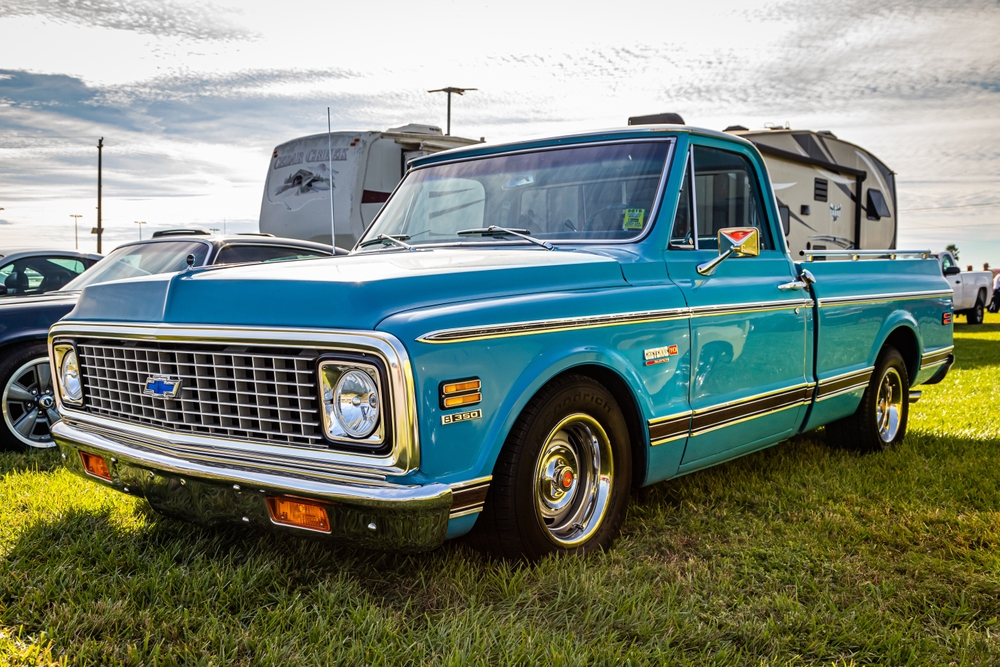
Collector’s edition trucks have always held a special place in the hearts of enthusiasts. Over time, some of these rare models have seen significant increases in value, making them highly sought-after investments. Read More.
15 Unique Prototype Aircraft That Never Took Off Commercially
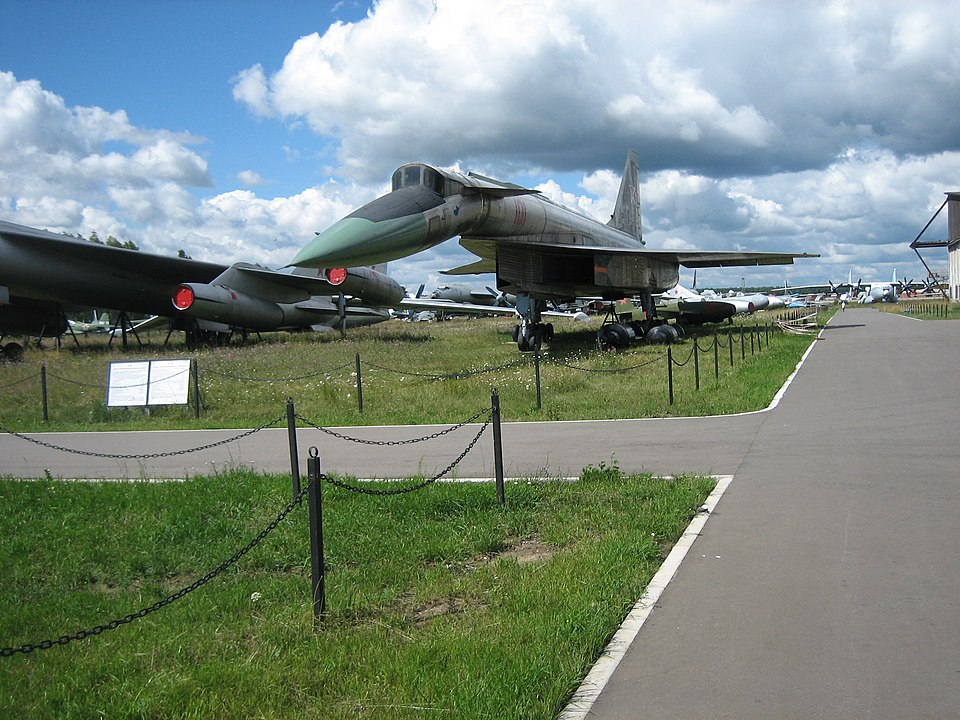
Aviation history is filled with remarkable innovations and daring designs, but not all aircraft made it past the prototype stage. Some were groundbreaking, while others were just too ahead of their time. Read More.
18 Underrated Motorcycles with Surprising Performance

When it comes to motorcycles, some of the best rides often fly under the radar. In this list, we’re highlighting 18 underrated motorcycles with surprising performance that deserve more recognition. Read More.

